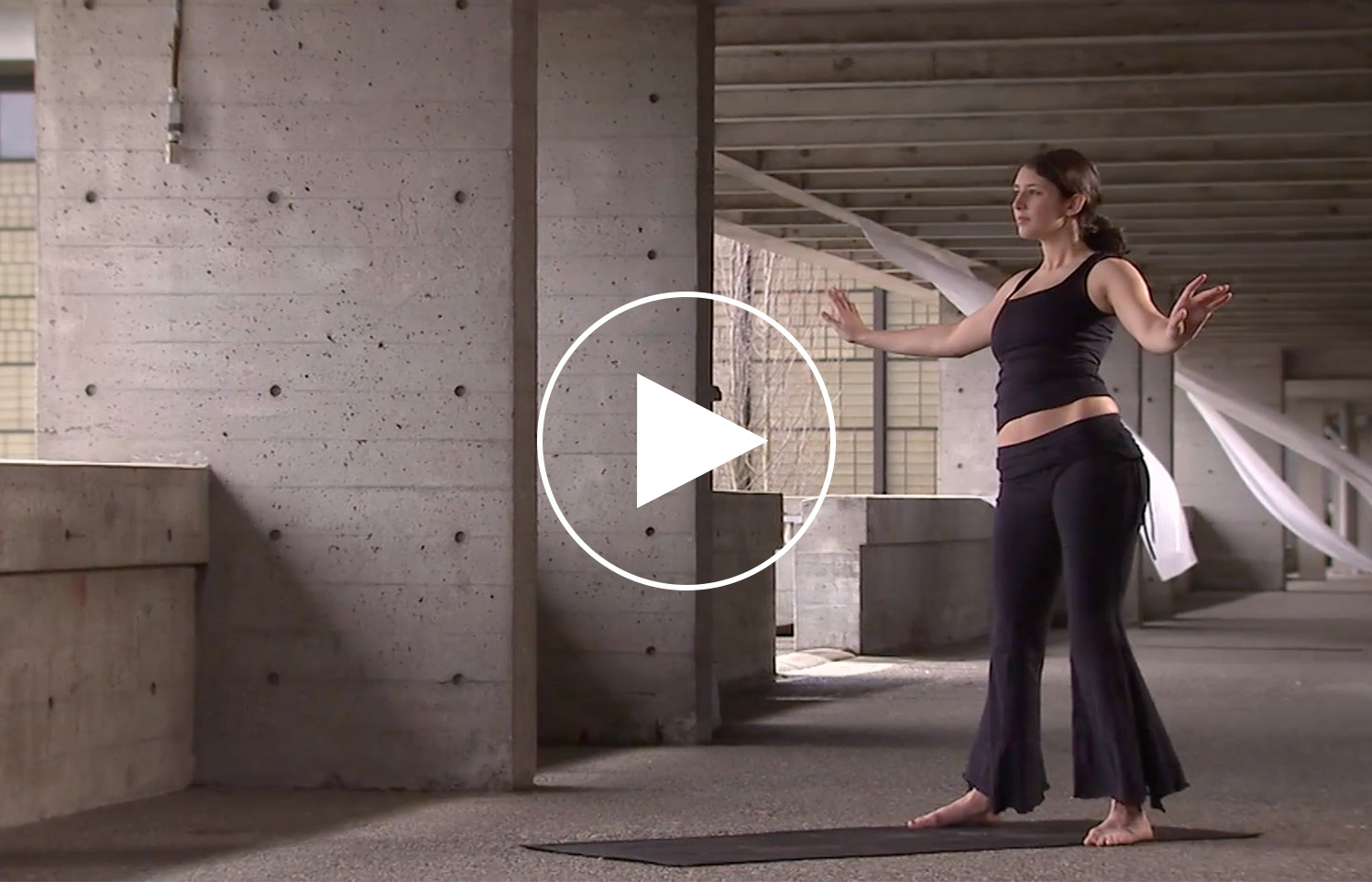Welcome to your first-ever Anatomy with Korede session! Today, we’re all about belly dancing moves, specifically hip movements. We’re going to learn about what creates the smooth hip shimmies you’ve seen Shakira perform and do a deep dive into the anatomy behind it all!
Now, if you’ve ever wondered how belly dancers can move the way they do, you are not alone. The anatomy behind it might currently be a mystery to you, but once you’ve finished reading, you’ll have a little more insight into how it all works.
First things first, it’s important to understand that our hip joints are ball and socket joints. If you’re unsure of what that means, clench one of your fists, then wrap your other palm around the clenched fist. Essentially, your long thigh bone, called your Femur, has a ball-shaped bone at its tip, and it fits perfectly into a socket in your hip called the Acetabulum. If you wiggle your fist in your palm, you’ll see a wide range of movements your fist can move in. This is great because it means your hips can move in various directions. These directions are flexion, extension, adduction, abduction, internal rotation, external rotation and circumduction. However, because your hip joint is multidirectional, it’s at the expense of stability. This means it relies on the ligaments and muscles that cross the joint to be strong for it to be functional and in the best shape for belly dancing.
The “hip lift” is a popular move in belly dancing. It strengthens the muscles in our hip region, particularly our gluteal muscles, to increase our stability. There are three well-known gluteal muscles in the human body. I usually think of these muscles as different layers of a pie. Hear me out. The top layer is the most famous of the three, and this is your gluteus maximus, which is often known as your “buttocks” Below that is the gluteus medius, and the final layer of the pie is the gluteus minimus. One of the many jobs of your gluteus maximus is to straighten your thigh when it’s flexed at the hip joint. Try this: stand up on your feet, reach for your toes, and then stand up nice and tall. Going up from your toes to fully standing up is the job of your gluteus maximus. The gluteus medius and minimus abduct and internally rotate your lower limbs and help you maintain an upright posture when you’re walking or, in our case, belly dancing!
Now, what’s interesting is that the muscles that generate your hip movements are not localized to your hips alone but actually stem from your back. Growing up, we’ve all been warned, whether by our moms or dance instructors, to stand up straight and practice good posture. The stability in your posture, which trickles down to your hips, is thanks to the erector spinae muscle group. The muscles in this group are called the spinalis, longissimus, and iliocostalis. I know they sound like an evil Harry Potter spell, but thankfully they work some incredible magic when we belly dance. These muscles, like the Iliocostalis, sit between your iliac crest (hip bone) and ribs. In cooperation with the rectus abdominis muscle (a fancy name for abs), they keep you standing tall, stable, and in the best position to belly dance. These spell-binding muscles stabilize your hip joints (remember the ball and socket joint we talked about?) and work with your oblique muscles to bend your spine side to side and rotate it, creating that smooth belly dancing motion.
I hope you’ve enjoyed our session today and have gained a little more insight into the anatomy behind belly dancing. I look forward to seeing you next week on the next episode of Anatomy with Korede!
Try Flow Like Water, a 24-min full body belly dancing class.
 In this column, Korede Afolabi, MSc Physiotherapy, explores in-depth anatomy of our fitness classes.
In this column, Korede Afolabi, MSc Physiotherapy, explores in-depth anatomy of our fitness classes.









